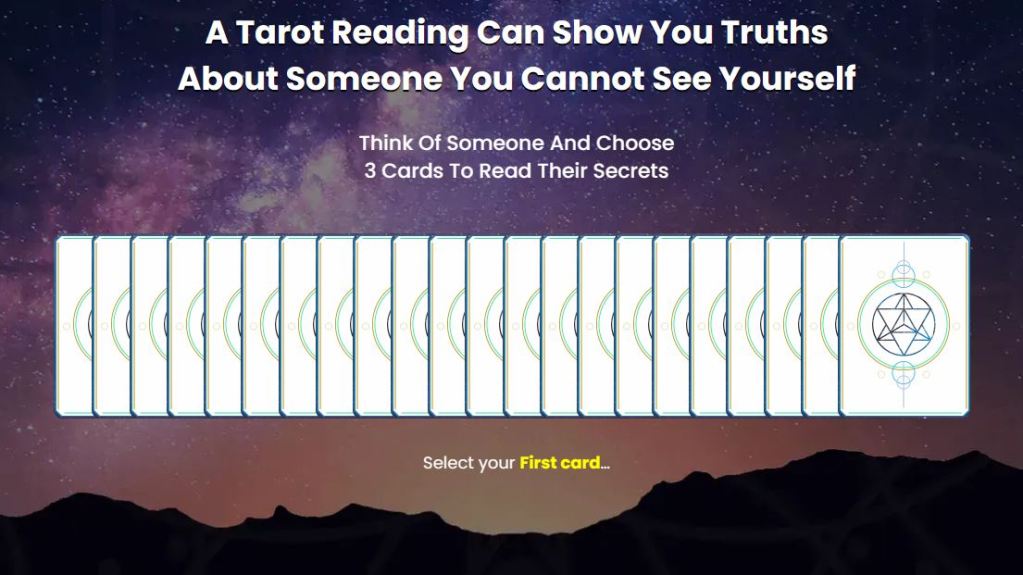- Ancient Rituals for Modern Healing: Rediscovering Lost Practices
- The Significance of Ancient Rituals
- Rediscovered Practices and Their Origins
- Modern Adaptations of Ancient Rituals: When the Ancients Meet the Avocado Toast Generation
- Sound Baths and Gong Therapies: The Healing Power of Spotify’s Great-Great-Great Grandparent
- Guided Meditations and Visualization: Mind-Gym for the Soul (No Yoga Pants Needed)
- Energy Healing: Charging Up, Without the USB Port
- Benefits of Integrating Ancient Rituals in Today’s World
- Challenges and Criticisms: Not All Ancient Glitters is Gold
- Conclusion: Embracing the Old to Enhance the New
Ancient Rituals for Modern Healing: Rediscovering Lost Practices
In an age where technology and modern medicine seem to have answers for everything, there’s a surprising and refreshing undercurrent pulling us in a different direction. Picture this: While one hand scrolls through a smartphone, the other might be stirring a concoction of age-old herbs. As the relentless hustle and bustle of the 21st century presses on, many of us find ourselves yearning for a return to simpler times. Not necessarily to abandon the wonders of modern science, but to blend them with the rich tapestry of practices that have stood the test of time.
As skyscrapers reach new heights, there’s a parallel movement of people digging deep into the earth, unearthing practices and rituals that once shaped entire civilizations. This isn’t just about nostalgia or a romanticized version of the past. It’s a genuine quest for authenticity, for a kind of healing that encompasses the body, mind, spirit, and even the community.
This journey to rediscover isn’t a rejection of the new but a celebration of the old, bringing forth a harmonious marriage of ancient wisdom with contemporary understanding. It’s a tantalizing premise, isn’t it? A world where we can harness the technological advancements of today while staying rooted in the age-old traditions that have, for centuries, provided solace, healing, and connection. So, dear reader, buckle up! We’re about to dive deep into the mesmerizing world of ancient rituals and see how they are making waves in our modern landscape.
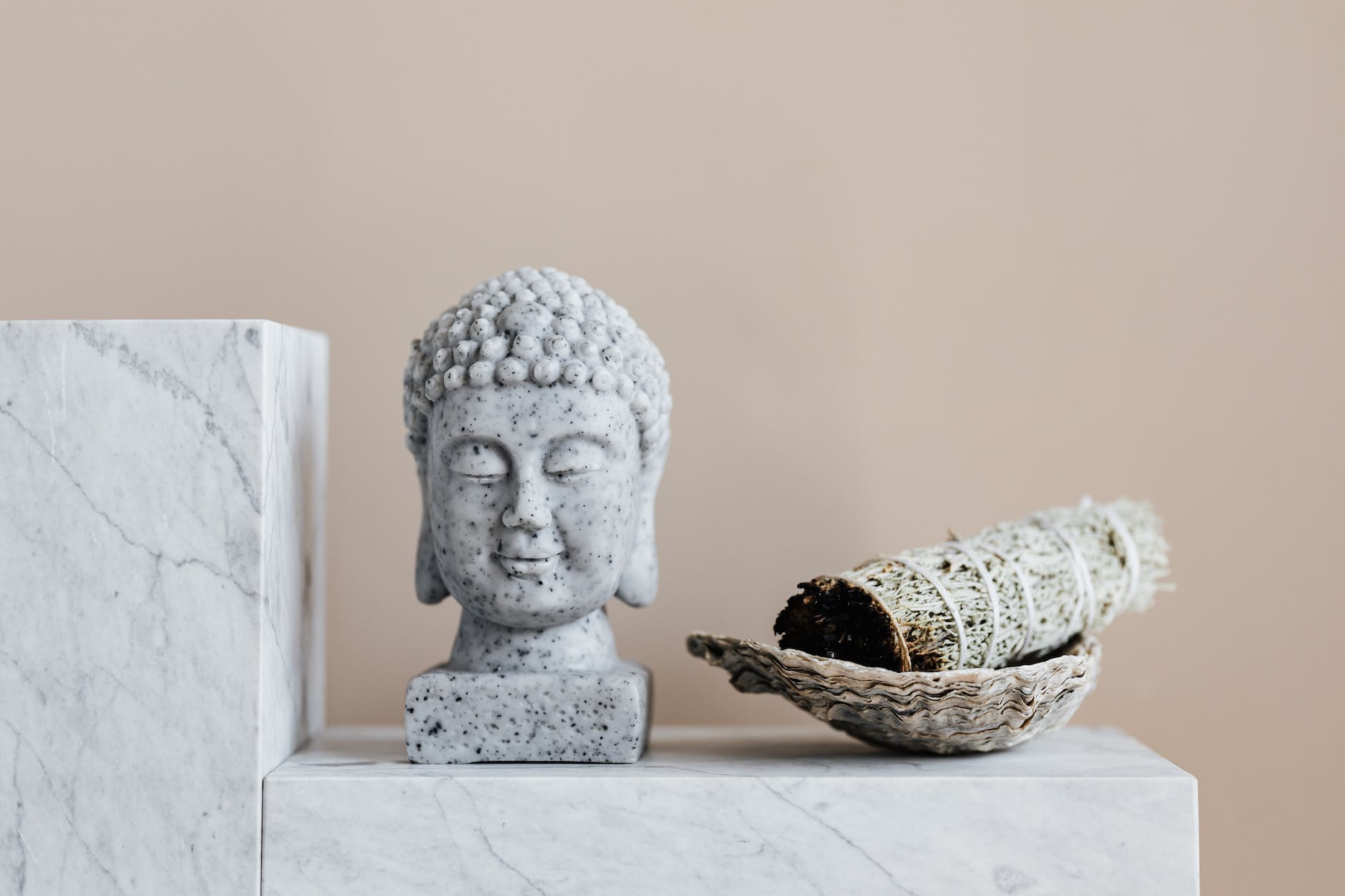
The Significance of Ancient Rituals
Centuries before the inception of X-rays and MRI machines, or the development of penicillin and vaccines, civilizations around the world leaned on a profound understanding of the human psyche, the natural environment, and the spiritual realm. These ancient rituals weren’t just about healing physical ailments; they offered holistic solutions, blending the realms of the emotional, mental, spiritual, and physical. But what makes them so significant even today?
Connection to the Earth
Many ancient practices emphasize our deep-rooted connection to the Earth. Rituals often harness the power of natural elements – water, fire, air, and earth – to cleanse, heal, and balance the body and spirit. Research has indicated that natural environments, like forests and coastal areas, have measurable health benefits, including reduced stress and improved cognitive function.
Actionable Tip: Consider engaging in forest bathing, a Japanese practice known as ‘Shinrin-yoku’. This doesn’t mean taking a literal bath, but rather immersing yourself in a forest environment to reap the therapeutic benefits.
Community and Healing
Many ancient rituals were, and still are, communal. Think of the Native American sweat lodges or the African drumming circles. Such group rituals aimed to bring healing to individuals and the community simultaneously. In our modern, often isolated lives, there’s a growing understanding of the importance of social bonds for mental and physical health.
Actionable Tip: Participate in group activities that resonate with you – be it a meditation circle, a community garden project, or even a simple group hike. The emphasis is on shared experiences and collective well-being.
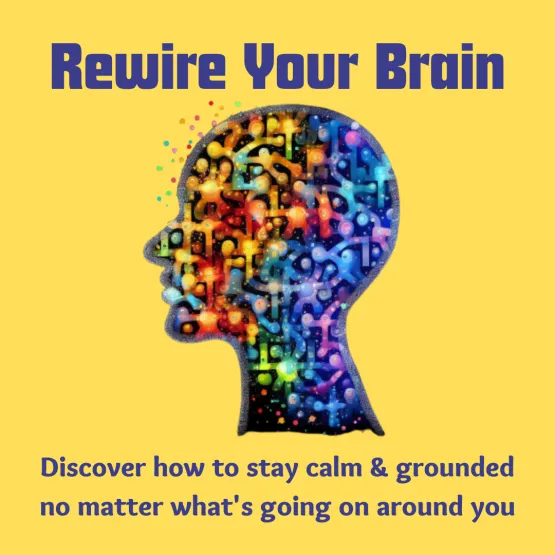
Mind, Body, Spirit
The holistic approach of ancient rituals stands in stark contrast to modern medicine’s often compartmentalized view. These practices viewed health as a delicate balance between the mind, body, and spirit. Modern research increasingly supports the idea that our mental state can directly affect physical health, validating the holistic stance of ancient practices.
Actionable Tip: Incorporate practices like yoga or Tai Chi into your routine. Not only do they offer physical exercise, but they also provide mental relaxation and spiritual grounding, making them a holistic practice for well-being.
In essence, the significance of ancient rituals goes beyond mere historical or cultural interest. Their principles offer tangible, actionable insights into achieving balance and well-being in our modern, often chaotic world.
Rediscovered Practices and Their Origins
Alright, time-travelers, grab your Indiana Jones hat and your best British archaeologist accent, because we’re about to dive into the annals of history. Forget about Wi-Fi for a second (I know, the horror!) and let’s teleport to a time where Netflix hadn’t yet convinced us to binge-watch entire weekends away. Instead, our ancestors had other, more mysterious forms of entertainment and wisdom. We’re heading into the intriguing world of ‘Rediscovered Practices and Their Origins’. Spoiler Alert: There’s no app for this, but there are some fantastic ancient practices we’re bringing back to our notifications-filled present. Let’s dig in, shall we?
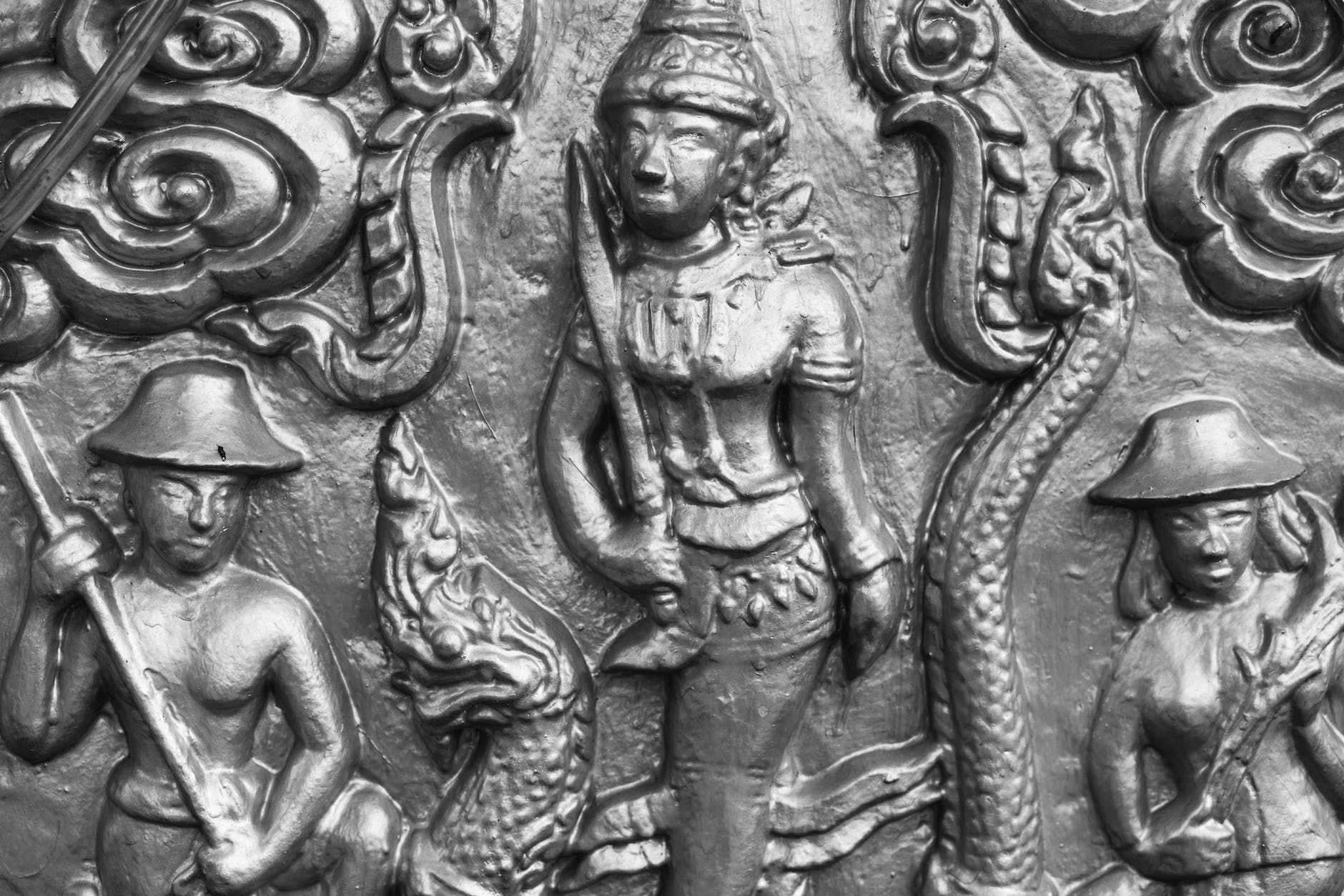
Ayurveda: The Science of Life
If you’ve ever wondered why your best friend swears by herbal teas while you’re more of a spicy-food aficionado, or why some people can stay Zen in a traffic jam while others (read: most of us) flip out, Ayurveda has an answer. Originating from the vibrant lands of India over 5,000 years ago, Ayurveda isn’t just some old dusty textbook wisdom; it’s an intricate science of life. And by “life,” we don’t just mean the inhale-exhale kind; we’re talking about that vibrant, spicy, messy, beautiful dance of health, emotions, and spirit.
The core philosophy of Ayurveda revolves around the belief that the universe (and our bodies) is made up of a combination of five elements: ether, air, fire, water, and earth. These combine in the body to form three life forces or energies, known as doshas: Vata, Pitta, and Kapha. The trick, Ayurveda says, is to keep these doshas in balance. When they’re out of whack? Well, that’s when things like sickness, stress, or an irrational aversion to slow Wi-Fi speeds kick in. Okay, maybe not that last one, but you get the drift.
So, how can you tap into this ancient wisdom in your modern life? Glad you asked!
Understanding Your Dosha
First off, it’s essential to understand your predominant dosha. It’s like knowing your zodiac sign but for health! There are several online quizzes available, but for an in-depth understanding, consulting with an Ayurvedic practitioner is recommended. Here’s a reliable source to get started.
Actionable Tip: Once you’ve identified your dosha, you can tailor your diet, exercise, and lifestyle to maintain balance. For instance, if you’re predominantly Vata, warm, grounding foods might be your go-to. If you’re a fiery Pitta? Maybe take a pass on that chili pepper eating contest.
Herbal Remedies and Treatments
Ayurveda offers a plethora of herbal treatments and remedies for various ailments. Got digestive issues? Perhaps a cup of cumin, coriander, and fennel tea will soothe your tummy. Here’s an in-depth guide to Ayurvedic herbs and their uses.
Actionable Tip: Before diving headfirst into the world of Ayurvedic herbs, it’s always a good idea to consult with a professional. Mixing and matching might sound fun, but let’s keep the mad scientist antics to a minimum, shall we?
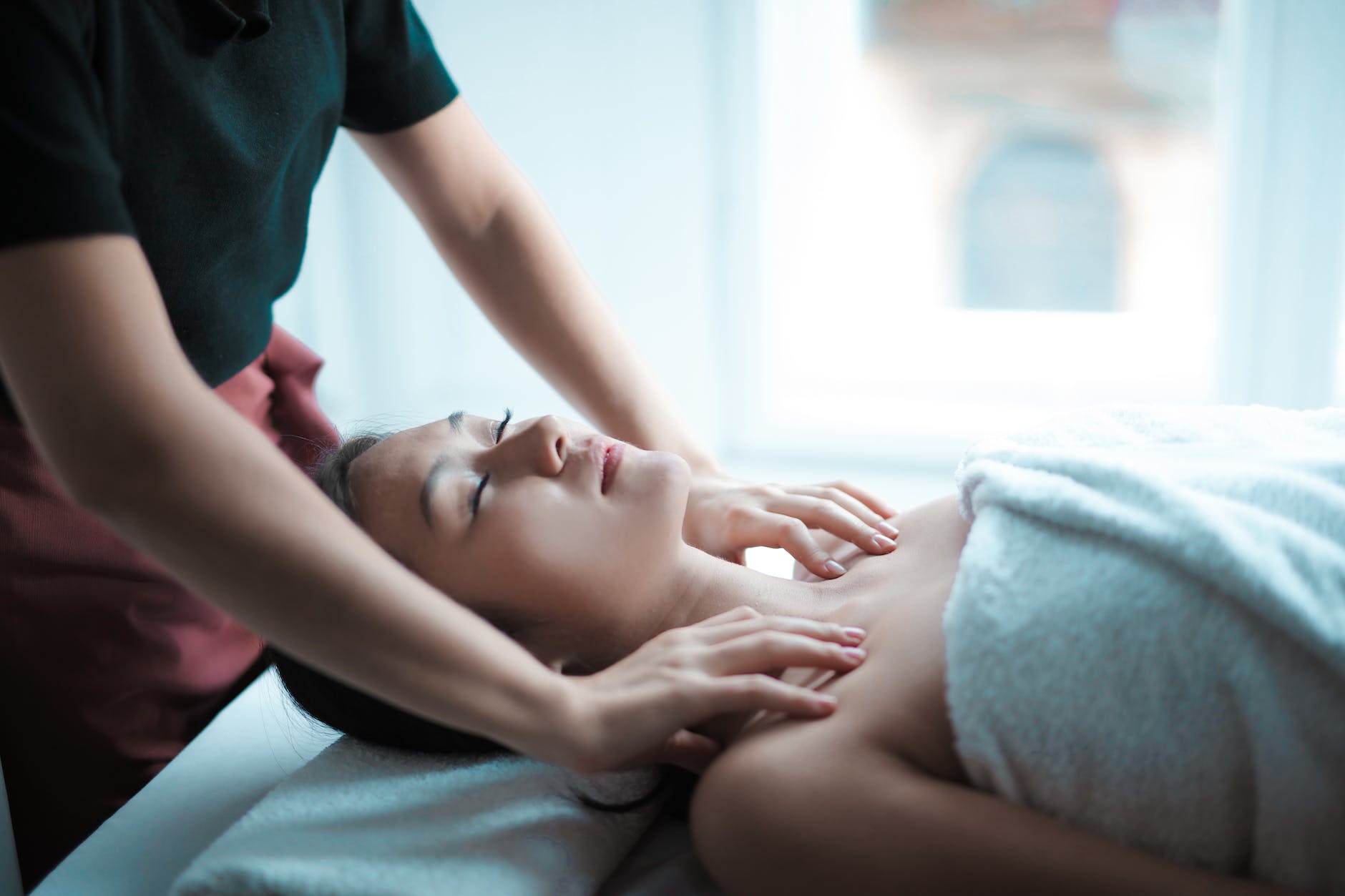
Massage and Body Treatments
Ever heard of Abhyanga? No, it’s not the latest Bollywood dance craze; it’s a therapeutic oil massage designed to nourish the body, enhance circulation, and calm the nerves. With so many oils and techniques tailored to specific needs, it’s like a spa day, Ayurvedic style!
Actionable Tip: Set aside a day in the week for self-massage, using warm sesame or coconut oil. Not only will your skin thank you, but you’ll also feel like you’re floating on a cloud. And who doesn’t want that?
In a nutshell, Ayurveda is not just about swallowing bitter herbal concoctions (though there might be a bit of that); it’s about understanding and harmonizing with nature’s rhythm, your body, and mind. It’s ancient, it’s fascinating, and yes, it’s worth a shot, even in our world of instant noodles and even quicker tech updates.
Shamanic Healing: Spirit Calling on Line One
If Ayurveda feels like an ancient wellness coach, shamanic healing is like the spiritual detective of the healing world. Steeped in indigenous cultures across the globe, from the icy landscapes of Siberia to the rainforests of the Amazon, shamanism isn’t just a practice; it’s a way of life. Forget about 4G; shamans tap directly into the cosmic Wi-Fi of the universe, connecting with spirits, animals, and ancestors for guidance and healing. Think of it as the OG of spiritual tech support!
At its core, shamanic healing revolves around the belief that most illnesses are rooted in the spirit. A shaman, often viewed as a mediator between the human and spiritual realms, embarks on ‘spiritual journeys’ to restore balance, retrieve lost parts of the soul, and remove spiritual obstructions. But before you picture a helpline to the spirit world, let’s delve deeper.
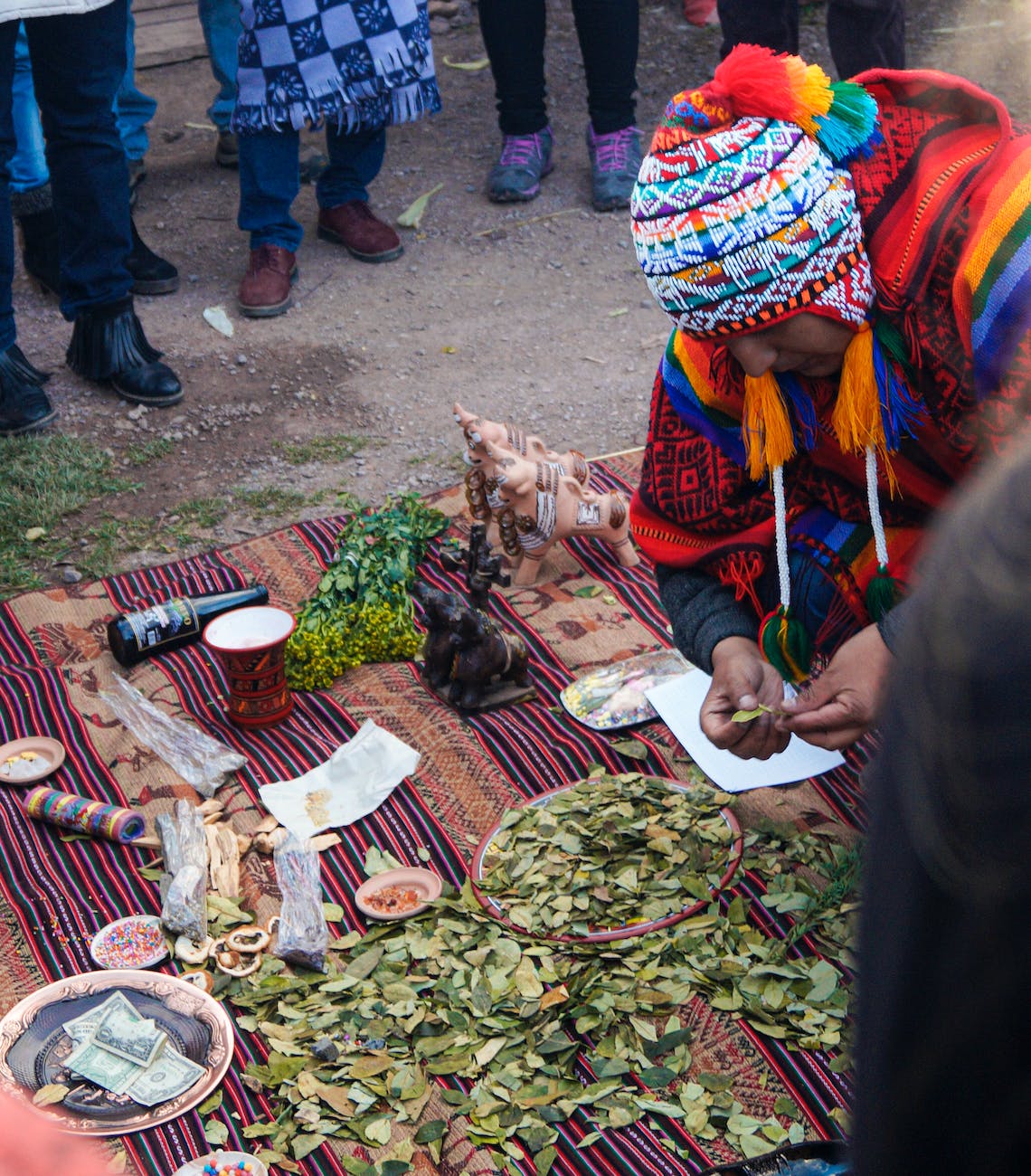
The Journey of the Shaman
One of the foundational elements of shamanic healing is the ‘shamanic journey.’ Utilizing rhythmic drumming, dancing, or entheogenic substances, the shaman enters a trance state. This isn’t just a groovy trip; it’s a deeply meditative state where they communicate with spirit guides. If you’re interested in the science behind the trance, studies like this one delve into the brain activity during shamanic practices.
Actionable Tip: While not everyone can (or should) just hop into a shamanic journey, listening to shamanic drumming can be deeply meditative. There are numerous online resources and videos to guide you into a relaxed state.
Animal Spirit Guides and Totems
If you’ve ever felt an uncanny connection with a specific animal or find one frequently appearing in your dreams, shamanism might have an explanation. Animal spirits or totems are believed to be protectors and guides, each carrying unique energies and lessons. Curious about your spirit animal? Sites like this provide insights based on shamanic traditions.
Actionable Tip: Reflect on animals you feel drawn to or that frequently appear in your life. Dive into their symbolic meanings in various cultures. It could offer profound personal insights or, at the very least, make for an interesting conversation starter!
Healing Ceremonies
From the Ayahuasca ceremonies of the Amazon to the Sundance rituals of the Native Americans, healing ceremonies form a crucial part of shamanic traditions. These ceremonies aren’t just spiritual performances; they’re transformative experiences aiming to restore physical, emotional, and spiritual health. An insightful read on the Ayahuasca ceremonies gives a glimpse into such practices.
Actionable Tip: While participating in a shamanic ceremony requires preparation, respect, and often guidance, you can introduce small ritualistic practices into your daily life. This could be as simple as lighting a candle, setting intentions, or grounding exercises connecting with the Earth.
In essence, shamanic healing provides a spiritual lens to view our well-being, emphasizing deep connections, rituals, and the unseen forces at play. Whether or not you book that spirit-world helpline, understanding shamanism offers a richer, multi-dimensional perspective on healing in its many forms.
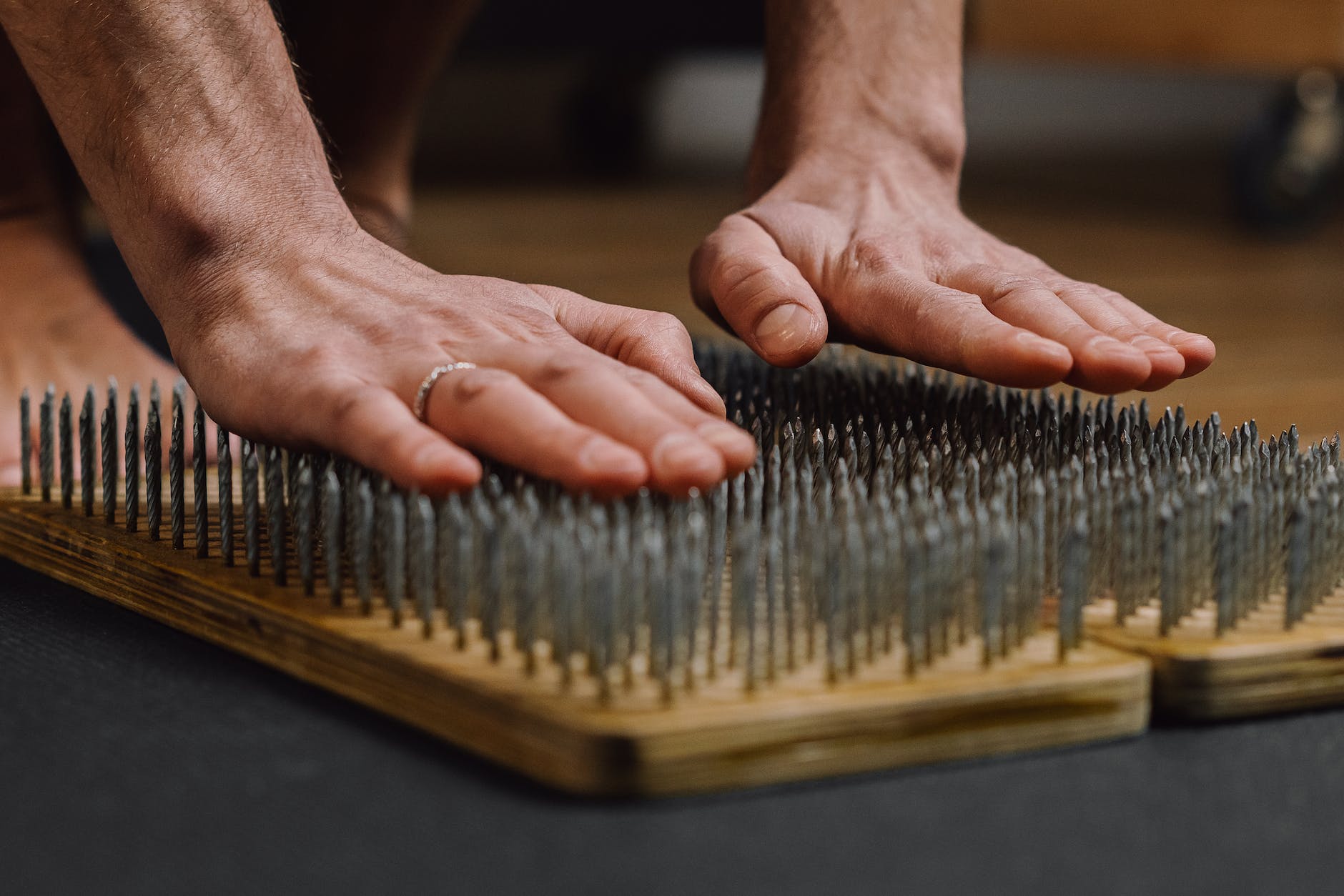
Acupuncture and Traditional Chinese Medicine (TCM): Getting to the Point of Ancient Healing
Alright, let’s tackle a riddle: What do a porcupine and a TCM practitioner have in common? Both have a point (or several)! Bad joke aside, when we talk about ancient practices, Traditional Chinese Medicine (TCM) is like that vintage vinyl record – classic, timeless, and oh-so-effective. Spanning over 2,000 years, TCM isn’t just about poking you with tiny needles (that’s acupuncture, by the way), but it’s an intricate tapestry of treatments focusing on your body’s qi or vital energy. It’s like having a spiritual tune-up for your body’s energetic engine. Let’s dive in!
TCM is built on the principle of harmony: between yin and yang, the body and the environment, and the different organs and energies within us. Disease or discomfort? That’s just your body’s way of saying, “Hey, something’s off balance here!”
Qi: More than Just a High-Scoring Scrabble Word
The concept of qi is central to TCM. It’s the life force, the vital energy flowing through pathways in your body called meridians. When this flow gets blocked, much like a traffic jam on your morning commute, things get… uncomfortable. Acupuncture, with its thin needles, acts as the traffic cop, guiding the qi back to its smooth flow. Curious about the science behind it? Check out this comprehensive Harvard Health article on acupuncture and pain management.
Actionable Tip: Feeling a bit out of sorts? Instead of just brewing another cup of coffee, consider finding a reputable acupuncture clinic in your area. It’s not just about the needles; it’s about rebalancing that precious energy inside you.
Herbs, Potions, and Not-So-Magical Brews
Beyond acupuncture, TCM is renowned for its herbal remedies. From ginseng to goji berries, these aren’t just ingredients for a mystical potion but are powerhouse elements used to treat ailments, boost vitality, and promote overall health. Here’s a detailed guide on fundamental TCM herbs and their benefits.
Actionable Tip: Next time you have a minor ailment, explore TCM herbal options. Whether it’s green tea for antioxidants or ginger for digestion, there’s probably an herb for that. Just remember to consult with a TCM practitioner first, especially if you’re on other medications.
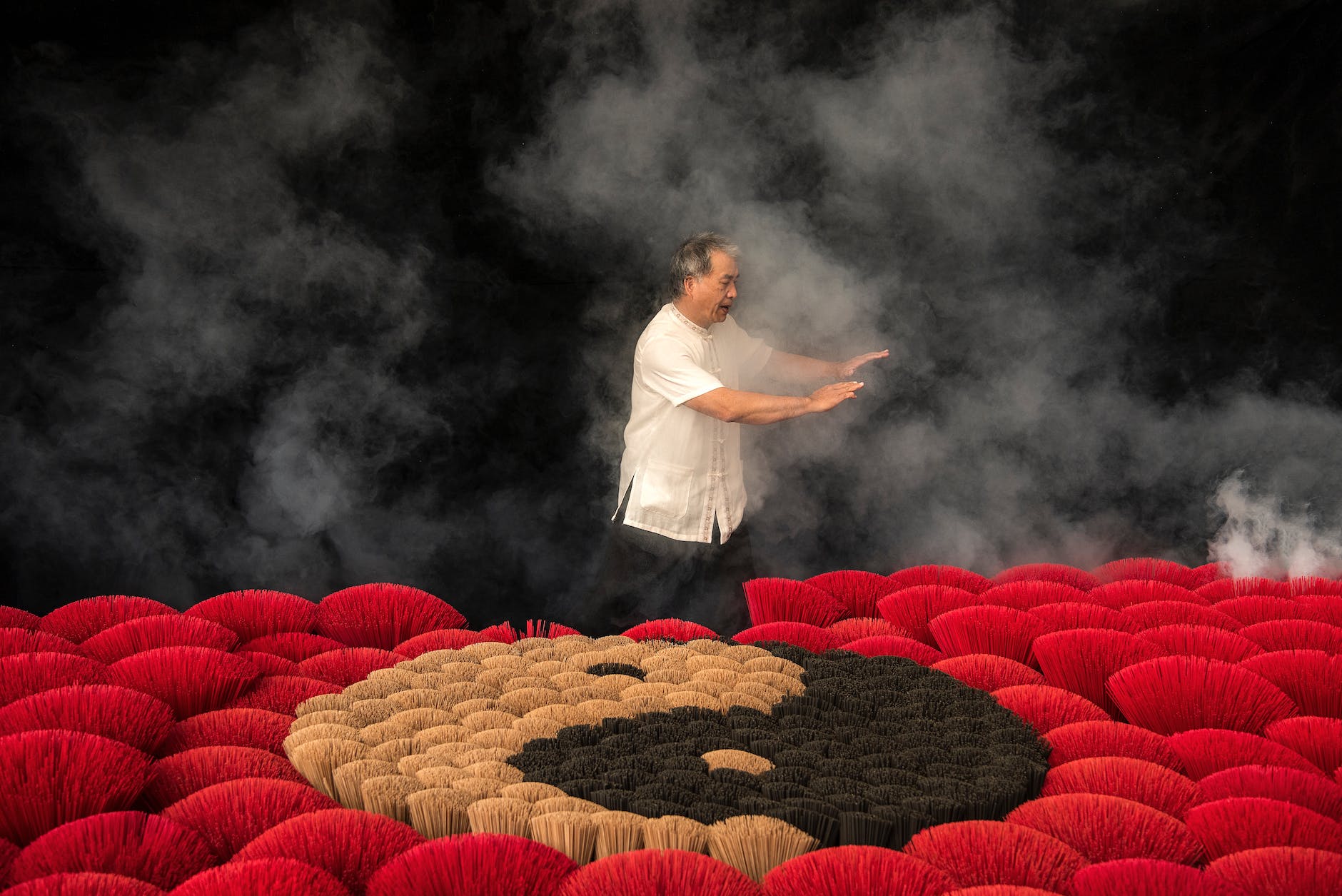
Bodywork and Movement: Tai Chi and Qigong
TCM isn’t just about what goes inside you but also how you move. Tai Chi and Qigong are like the yoga of the East, promoting harmony, balance, and health. They’re meditative practices that incorporate slow movements, breathing, and focus. Need a mood boost or stress relief? Here’s a Mayo Clinic article touting the benefits of Tai Chi.
Actionable Tip: Find a local Tai Chi or Qigong class, or explore online tutorials. Even just 10 minutes a day can enhance flexibility, calm the mind, and boost that qi flow. Plus, it’s a pretty cool party trick!
In conclusion, Acupuncture and TCM offer a holistic view of health, emphasizing the interconnectedness of our body, mind, and environment. So the next time you’re feeling out of sync or just need a little pick-me-up, remember there’s a 2,000-year-old system waiting to help you find your balance. And hey, getting to the point with TCM might just be the tune-up you never knew you needed!
Modern Adaptations of Ancient Rituals: When the Ancients Meet the Avocado Toast Generation
Picture this: You’re in a trendy downtown cafe, sipping your oat milk latte infused with adaptogenic herbs, while your friend recounts their weekend sound bath experience. Just a regular Tuesday, right? But hold onto your kombucha, because what you’re really experiencing is millennia-old wisdom wrapped up in modern packaging. Yes, today’s wellness trends owe a lot to our sage-y (and sage-burning) ancestors. As we merge ancient rituals with 21st-century flair, we’re not just giving a nod to traditions; we’re giving them a whole new Insta-ready makeover. Ready to explore the glow-up of ancient rituals in our modern world? Buckle up!
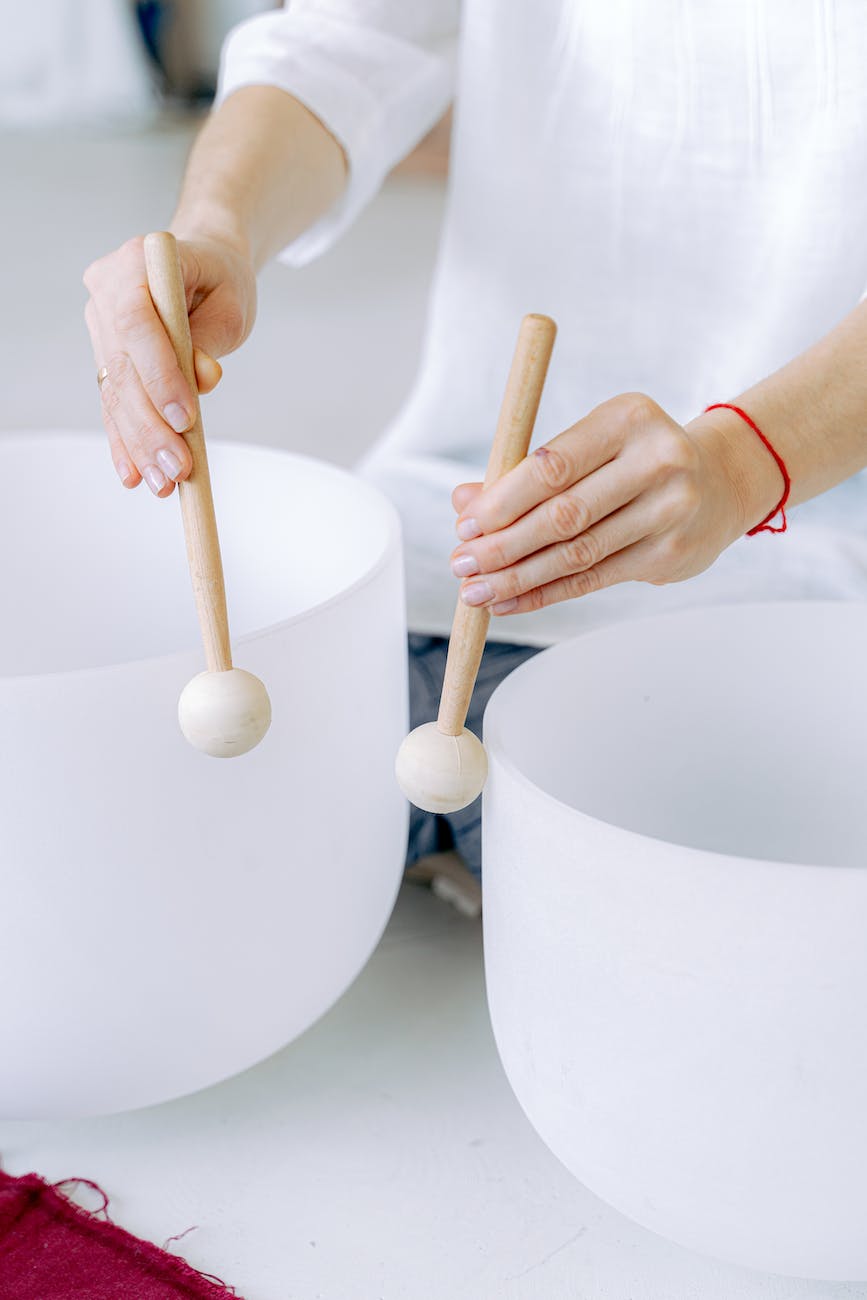
Sound Baths and Gong Therapies: The Healing Power of Spotify’s Great-Great-Great Grandparent
Have you ever been told you’re too “vibey”? Well, in the world of sound baths and gong therapies, that’s a good thing! Imagine lying down, swaddled in soft blankets, while soothing, resonant tones wash over you. It’s not a DJ set in a hip underground club; it’s a sound bath – a millennia-old practice with a refreshing contemporary spin. Dive in as we explore the ancient idea of using vibrations to heal, now turned into a modern self-care staple. No earbuds required!
The Resonance of Healing
The idea that sound can influence our well-being isn’t a new-age fad. Ancient cultures, from the Aboriginal Australians with their didgeridoos to Tibetan monks with singing bowls, recognized the power of vibrations for healing. But how does it work? At its essence, it’s all about resonant frequency – the natural frequency at which an object vibrates. Our bodies, with their myriad of cells and molecules, are basically vibing all the time. Sound therapies, in essence, help tune these vibrations. For the scientifically inclined, this Frontiers in Psychology article sheds light on the neuropsychological effects of sound.
Actionable Tip: Next time you’re stressed or can’t sleep, play some Tibetan singing bowl tracks. There are numerous YouTube videos and streaming playlists dedicated to this. Close your eyes, breathe deeply, and let the harmonious tones recenter you.
Modern Day Sound Baths
Modern sound baths typically involve a range of instruments like crystal bowls, gongs, and chimes. Participants lay comfortably (yes, it’s an adult nap time), letting the ambient sounds envelop them. Think of it as a sonic detox, flushing out the cacophony of daily life. With urban dwellers increasingly surrounded by noise pollution, sound baths have become oases of tranquility. Time Magazine captures the essence and benefits of this growing trend.
Actionable Tip: Find a local wellness center or yoga studio that offers sound bath sessions. Not only will you benefit from the immersive experience, but it’s also a fantastic way to connect with a like-minded community. If in-person sessions aren’t your jam, there are virtual options available too!

Gong Therapy: A Deep Dive into Sonic Waves
Gongs, with their rich, layered tones, offer a deeper, more intense sound therapy experience. Played with mallets in varying rhythms and pressures, gongs produce complex overtones that can lead to profound states of relaxation and even trance-like meditation. For a more academic take on gong therapy’s therapeutic effects, peruse this study from the SAGE Open journal.
Actionable Tip: If you’re game for a sonic adventure, book a gong therapy session. Just remember: This isn’t your childhood drum set. It’s a deeply resonant experience that’s best approached with an open mind and perhaps, some ear plugs!
In a nutshell, as we traverse through the buzz and dings of our daily life, practices like sound baths and gong therapies offer a harmonious respite. So, next time your inner balance feels more like a bad radio signal, remember there’s an ancient-modern solution waiting to tune you in.
Guided Meditations and Visualization: Mind-Gym for the Soul (No Yoga Pants Needed)
Let’s be honest: Between decoding emoji-laden texts and trying to figure out the latest TikTok dance, our brains could use a break. Enter guided meditations and visualization, the ancient equivalent of a spa day for your mind. Evolving from age-old yogic traditions, these practices invite us to swap our mental clutter for serene landscapes and soothing narratives. Ready to explore the mind’s uncanny ability to heal, rejuvenate, and chill without even leaving your couch? Let’s dive deep, all without the need to twist into a pretzel!

Back to the Yogic Roots
While today’s guided meditation apps might feature calming seascapes or cosmic journeys, the roots of these practices can be traced back thousands of years to the yogic traditions of ancient India. Yogis practiced Dhyana (meditation) to achieve higher states of consciousness and self-realization. The renowned sage, Patanjali, outlined the significance of meditation in his Yoga Sutras, emphasizing its role in achieving inner peace and self-mastery. For a scholarly stroll down ancient yogic lanes, check out this insightful NCBI article.
Actionable Tip: If you’re new to meditation, start small. Begin with just 5 minutes a day, focusing on your breath or following a short guided meditation. Apps like Headspace or Calm offer a range of beginner-friendly sessions.
The Magic of Visualization
Visualization goes beyond simple meditation. It’s like giving your brain a movie to watch, where you’re the director, protagonist, and the audience. By picturing positive scenarios, outcomes, or environments, we can create powerful neural pathways that influence our emotions and physical well-being. Think it sounds too woo-woo? Science begs to differ! Dive into this intriguing Psychology Today article to discover how visualization shapes our reality.
Actionable Tip: For your next visualization session, find a quiet space, close your eyes, and imagine a place where you feel most relaxed—perhaps a sun-soaked beach, a serene forest, or atop a mountain. Immerse yourself in the details—the sounds, the smells, the feelings. With regular practice, you’ll find it becomes easier to transport yourself to this peaceful place, anytime you need a mental escape.
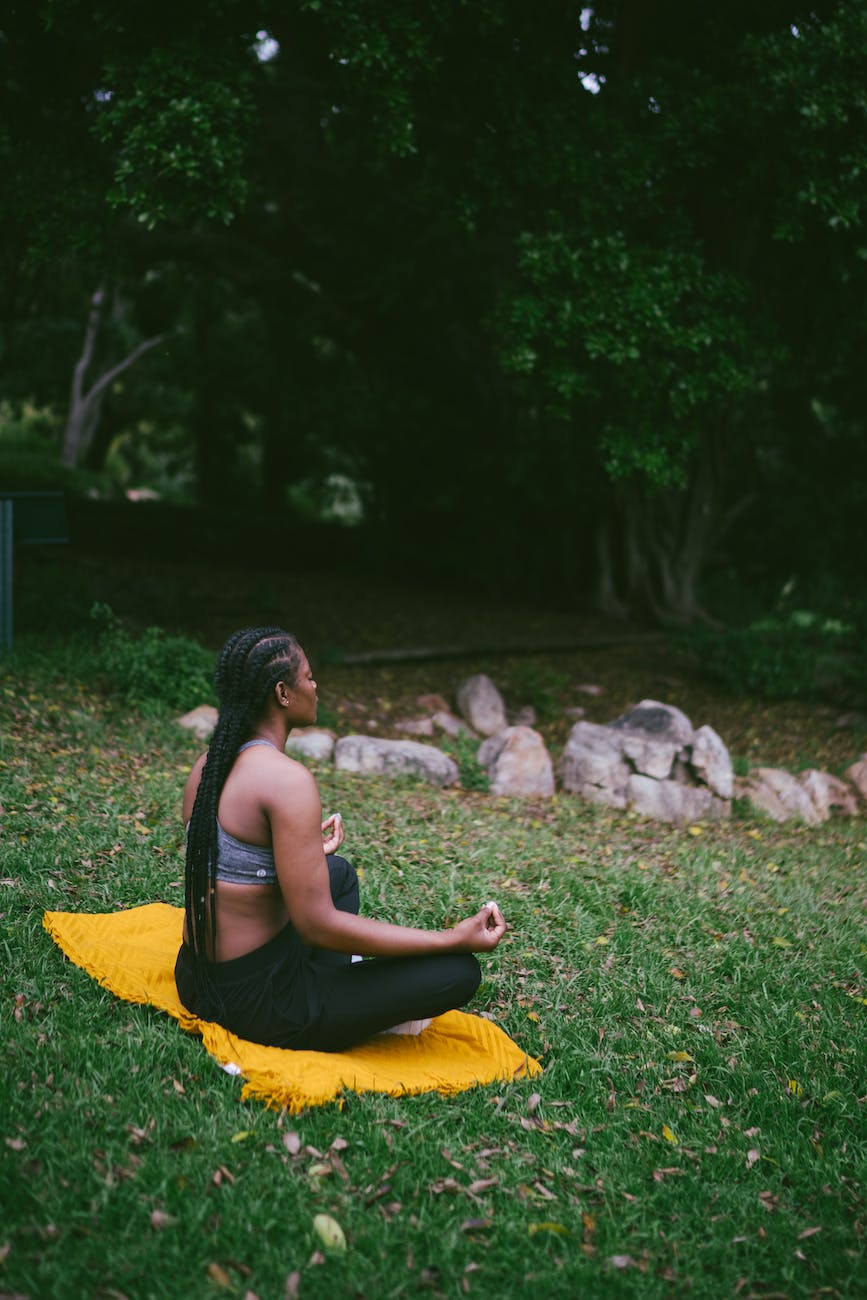
Meditation Meets the Modern World
Today, guided meditations and visualization have a firm footing in the wellness mainstream. They’ve been lauded for reducing stress, boosting creativity, and even improving sleep patterns. In fact, businesses and schools are integrating them to foster productivity and well-being. This Harvard Business Review piece sheds light on how top CEOs are harnessing the power of meditation.
Actionable Tip: If you’re a skeptic, challenge yourself! Try a 30-day guided meditation challenge. Notice any changes in your mood, stress levels, or overall well-being. Who knows? You might just become a meditation evangelist!
In conclusion, whether you’re a newbie or a seasoned yogi, there’s no denying the transformative power of guided meditations and visualization. They offer a sanctuary for our overstimulated minds, providing solace, insight, and a sprinkle of ancient wisdom in our pixel-packed lives. So, go ahead, close those eyes, and give your brain the break it truly deserves.
Energy Healing: Charging Up, Without the USB Port
Hands up if you’ve ever wished for a human battery charger after a tiring day. 🙌 While Elon Musk hasn’t rolled out that prototype yet, energy healing comes pretty darn close. From the Japanese practice of Reiki to the traditional art of Pranic Healing, transferring energy has been a go-to wellness method for centuries. And guess what? You don’t even need a Wi-Fi connection. Let’s journey from ancient energy hubs to trendy wellness retreats to unpack the electrifying world of energy healing.
Reiki: Universal Energy, Literally!
Reiki, a Japanese technique for stress reduction and relaxation, means “universal life energy”. Practitioners believe that through the laying of hands, they can channel life force energy to aid in healing and balance. While the concept might sound like something straight out of a Marvel movie, its roots lie deep in Japanese culture. The efficacy of Reiki has even made its way into medical discourse, with studies exploring its impact on patients’ recovery. This illuminating piece from NCBI delves into Reiki’s therapeutic effects.
Actionable Tip: Curious about Reiki? Start by seeking a certified Reiki practitioner in your locality. Many wellness centers offer introductory sessions, giving you a taste of this unique energy transfusion.
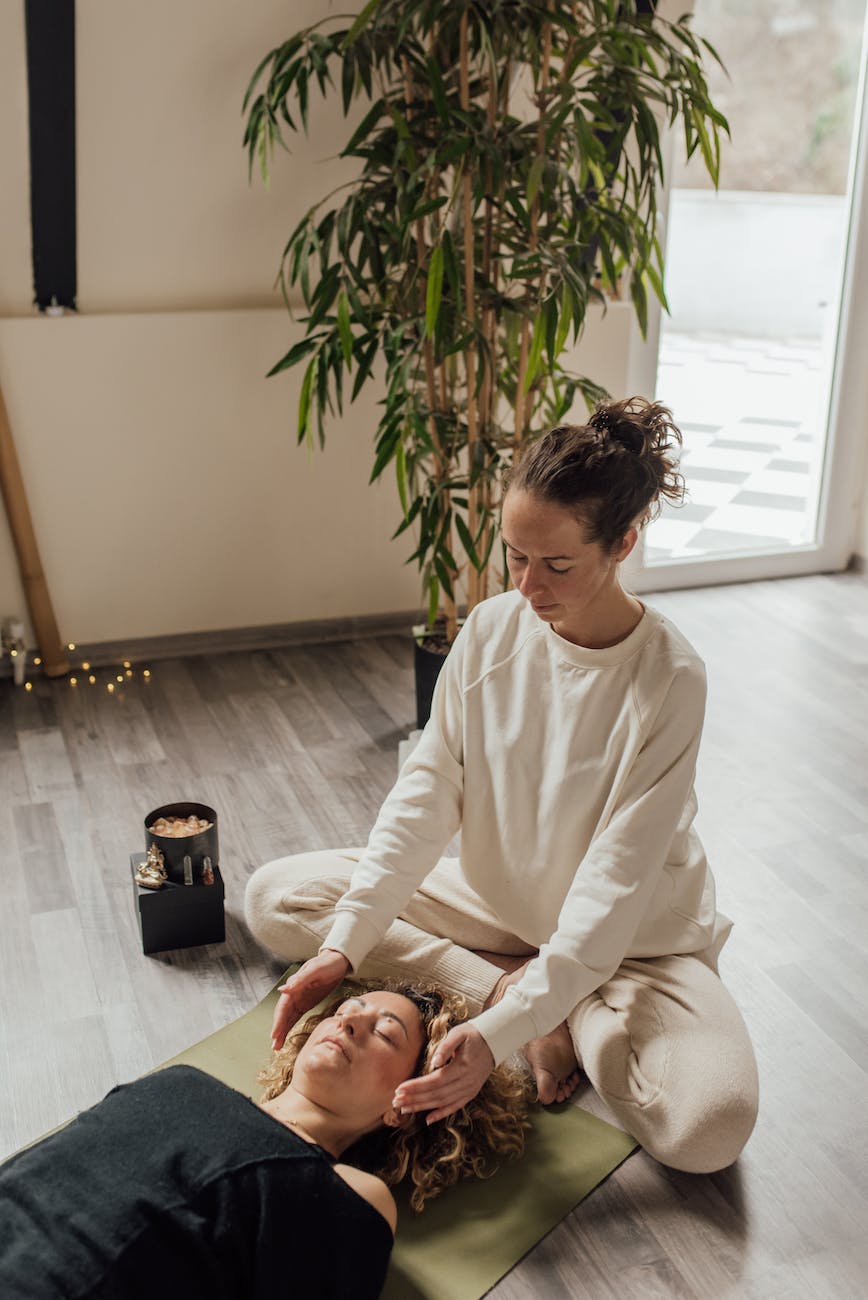
Pranic Healing: The No-Touchy Energy Boost
Pranic Healing, rooted in ancient Indian and Chinese traditions, involves cleansing and energizing the body’s aura or energy field. And here’s the kicker: it’s a no-touch technique! That’s right, think of it as wireless charging for your soul. Practitioners manipulate chi (life energy) to promote physical and mental well-being. Intrigued about how this works? ResearchGate offers an intriguing look at Pranic Healing’s effect on anxiety.
Actionable Tip: To dip your toes into the world of Pranic Healing, find a workshop or class near you. Many practitioners also offer guided meditation sessions infused with Pranic principles to help boost energy and reduce stress.
The Rise of Energy Healing in the West
Once the well-guarded secret of Eastern traditions, energy healing has seen a meteoric rise in popularity in the West. With celebrities like Gwyneth Paltrow and Naomi Watts singing its praises, Reiki, Pranic Healing, and similar practices have taken the wellness industry by storm. And it’s not just about hype. Numerous medical facilities are incorporating these modalities as complementary therapies. Harvard Health weighs in on the healing power of touch and energy.
Actionable Tip: If you’re a wellness enthusiast, consider adding an energy healing certification to your repertoire. Not only is it a fantastic self-care tool, but it can also pave the way for a fulfilling career in the burgeoning world of holistic wellness.
So, as we wrap up this energetic journey, remember: in a world dominated by batteries, chargers, and endless cords, there exists a pure, ancient way to rejuvenate. Energy healing reminds us of our innate power to heal, restore, and balance. Whether you’re an energy newbie or a seasoned guru, there’s always room to amp up your life’s voltage.
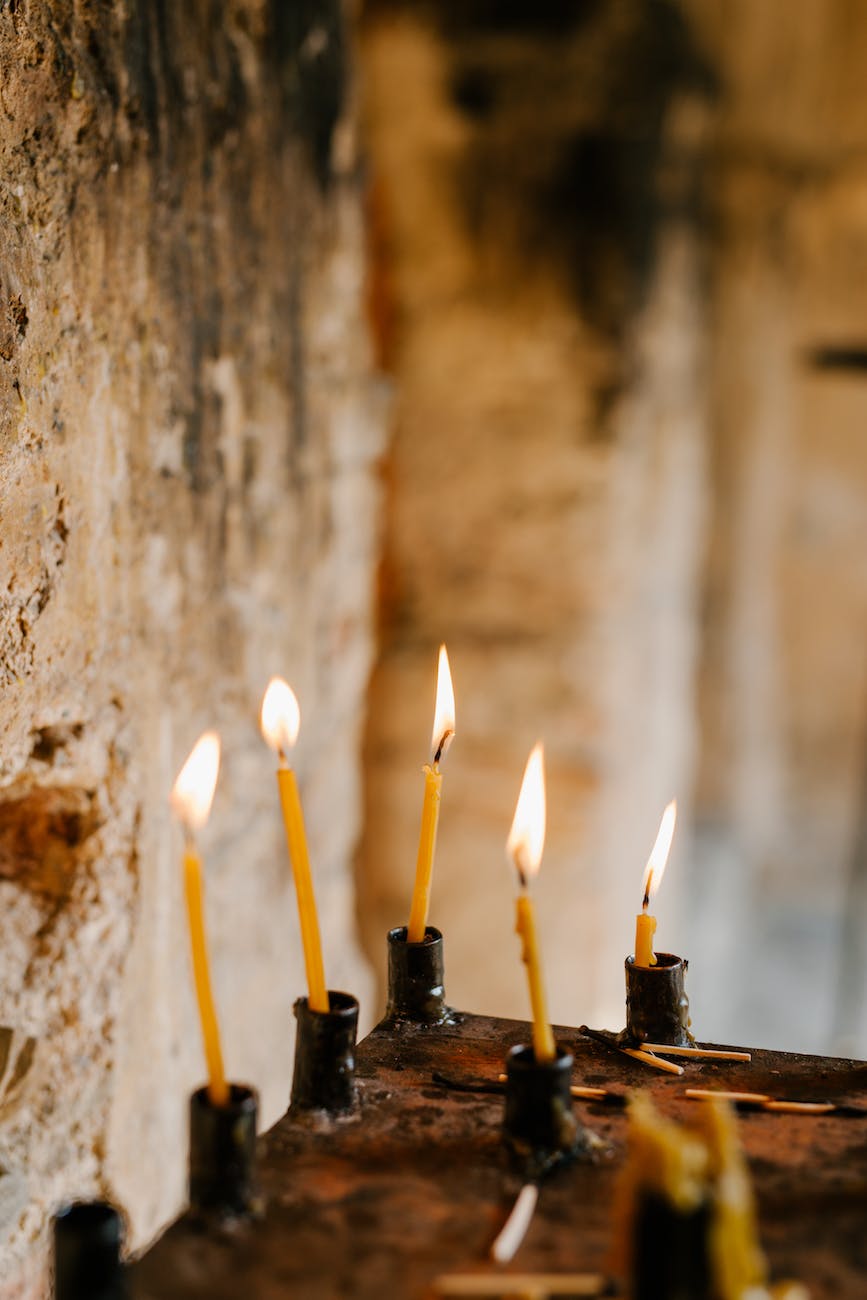
Benefits of Integrating Ancient Rituals in Today’s World
Remember the days when we used to rush through life, gulping down meals, answering emails while on a jog, and binge-watching three series over a weekend? Wait, that was just last week. Today’s life resembles a non-stop roller coaster ride. But what if we told you that by embracing ancient rituals, you could hit the pause button, even if momentarily? Not only can you find peace and rejuvenation, but there are concrete benefits that these age-old practices bring to our frenzied modern lives. Let’s unearth these treasures, shall we?
Stress Reduction: Slowing down in a fast-paced world
Ironically, in a world filled with instant gratifications, stress has become our most persistent companion. Ancient rituals, be it meditation, deep breathing exercises, or Tai Chi, offer an escape. A study from Harvard Health suggests that relaxation techniques can indeed deactivate the stress response.
Actionable Tip: Start with a simple five-minute meditation in the morning. As you get comfortable, extend the time. Apps like Headspace or Calm can guide you through the process.
Improved Mental Clarity: Cutting through modern day distractions
Push notifications, endless tabs, and multi-tasking have clouded our thinking. Ancient practices, however, can serve as a defogger. For instance, Yoga isn’t just about flexibility; it’s also about focus. Studies, like one from NCBI, have shown its efficacy in enhancing cognitive functions.
Actionable Tip: Designate tech-free zones in your house. Even better, allot specific times in the day when you engage in a ritual of your choice without any digital distractions.

Emotional Balance: Using old methods to tackle new age emotional challenges
In an age of virtual social networks, emotional disconnect is real. It’s no joke that we sometimes feel more connected to our Wi-Fi than to our inner selves. Tapping into ancient rituals can serve as an emotional thermostat, regulating and recalibrating our feelings. Practices such as gratitude journaling or sound baths can provide solace. Dive deeper into the world of sound healing with this enlightening read from NCBI.
Actionable Tip: Begin with a simple gratitude journal. Every night, jot down three things you were thankful for during the day. It could be as simple as a warm cup of coffee or a text from a friend.
To round things off, while we might be living in a digital age, there’s an analog heart that beats within all of us. These ancient practices offer a bridge, connecting our modern minds to timeless wisdom. So, the next time your Wi-Fi goes off, remember, the best connection you can make is with yourself, aided by rituals that have stood the test of time.
Challenges and Criticisms: Not All Ancient Glitters is Gold
Picture this: You’re scrolling through Instagram and spot a celebrity sipping on a “detox tea”, endorsed as an “ancient remedy”. Or perhaps you’ve seen those fancy wellness retreats, advertising shamanic journeys with the price tag of a small car. Sounds tempting, right? While diving into the world of ancient healing can be like finding a pot of gold, it’s worth noting that not everything that shines is 24 karats. As these rituals make a modern-day comeback, there’s a mixed bag of reactions – from fervent advocates to vehement naysayers. Let’s dissect some of the major challenges and criticisms that this resurgence faces.

1. Commercialization: Cashing in on Sacred Rituals
The wellness industry, valued at a whopping $4.5 trillion globally according to the Global Wellness Institute, is fertile ground for businesses to capitalize on ancient practices. While this has made such practices accessible to many, it’s also led to them being stripped of their authenticity and depth, turning them into mere commodities.
Actionable Tip: Before jumping on any “ancient” bandwagon, do your homework. Research the origins of the practice, and if possible, learn from genuine practitioners or traditional sources. It can make the difference between a genuine experience and an expensive placebo.
2. Dilution of Ancient Practices
With mainstreaming comes simplification. Many age-old rituals have complex origins, intertwined with cultural, spiritual, and historical contexts. Modern interpretations can sometimes oversimplify, or worse, misrepresent these practices. For a deeper understanding, this article from Yoga Journal discusses the dilution of traditional yoga in the West.
Actionable Tip: Seek authenticity. Join communities or groups dedicated to preserving the integrity of ancient rituals. Workshops, seminars, or courses led by reputed traditional practitioners can be a good start.
3. Scientific Skepticism: Where’s the Proof?
Science loves evidence. Double-blind, peer-reviewed evidence, to be precise. While many swear by the benefits of ancient rituals, not all practices have undergone rigorous scientific scrutiny. Some in the scientific community remain skeptical, questioning the efficacy of these methods. An insightful piece on Harvard Health delves into this debate around energy healing.
Actionable Tip: Stay informed. While diving into ancient practices, also keep abreast with scientific research on the topic. Balancing traditional wisdom with modern insights can give you a holistic perspective.
In conclusion, as with any trend, it’s crucial to tread the path of ancient healing with both curiosity and caution. The world of ancient rituals offers a rich tapestry of wisdom, but it’s essential to differentiate the threads of genuine knowledge from the frays of modern-day commercialization. And remember, while our ancestors might not have had Wi-Fi, they sure had some killer connection strategies for mind, body, and soul. Stay connected!

Conclusion: Embracing the Old to Enhance the New
In our whirlwind era of bite-sized tweets, nanosecond news cycles, and ever-evolving tech gadgets, it’s quite something to hit the pause button and look back—way back. Like, “before electricity and TikTok” back. But in the vast timeline of human history, it seems we modern folks might’ve missed a memo or two from our wise ancestors. As we unearth the treasures of ancient rituals, it’s not just about nostalgic trips or fancy Instagram posts. It’s about tapping into centuries-old wisdom that remains evergreen in its potency, relevance, and sheer brilliance.
From the science of Ayurveda, the energies of Shamanism, the precision of Acupuncture, to the serene vibes of sound baths, each practice we’ve explored brings a unique flavor to the wellness table. They’re not just antiquated routines; they’re time-tested strategies, catering to our eternal human needs—be it physical health, emotional balance, or spiritual connection.
But like any journey, this exploration comes with its bumps and turns. While embracing ancient rituals, it’s crucial to approach them with a discerning eye, ensuring we’re getting the authentic essence and not a diluted or commercialized version.
As we wrap up this odyssey through time, let’s cherish the old to enhance our new. Whether you’re a modern yogi, an energy enthusiast, or just someone curious about the world’s ancient wonders, remember that diving into the past can offer vibrant tools for a more grounded, connected, and enriched present. In the dance of life, the steps of our ancestors offer rhythm and resonance. So, here’s to striding forward, with an appreciative nod to the past. After all, history isn’t just something we read; it’s something we live, learn, and evolve from.
Do not forget to check out all of our exciting free tools! Calculators, quizzes and downloadable checklists all for free.
